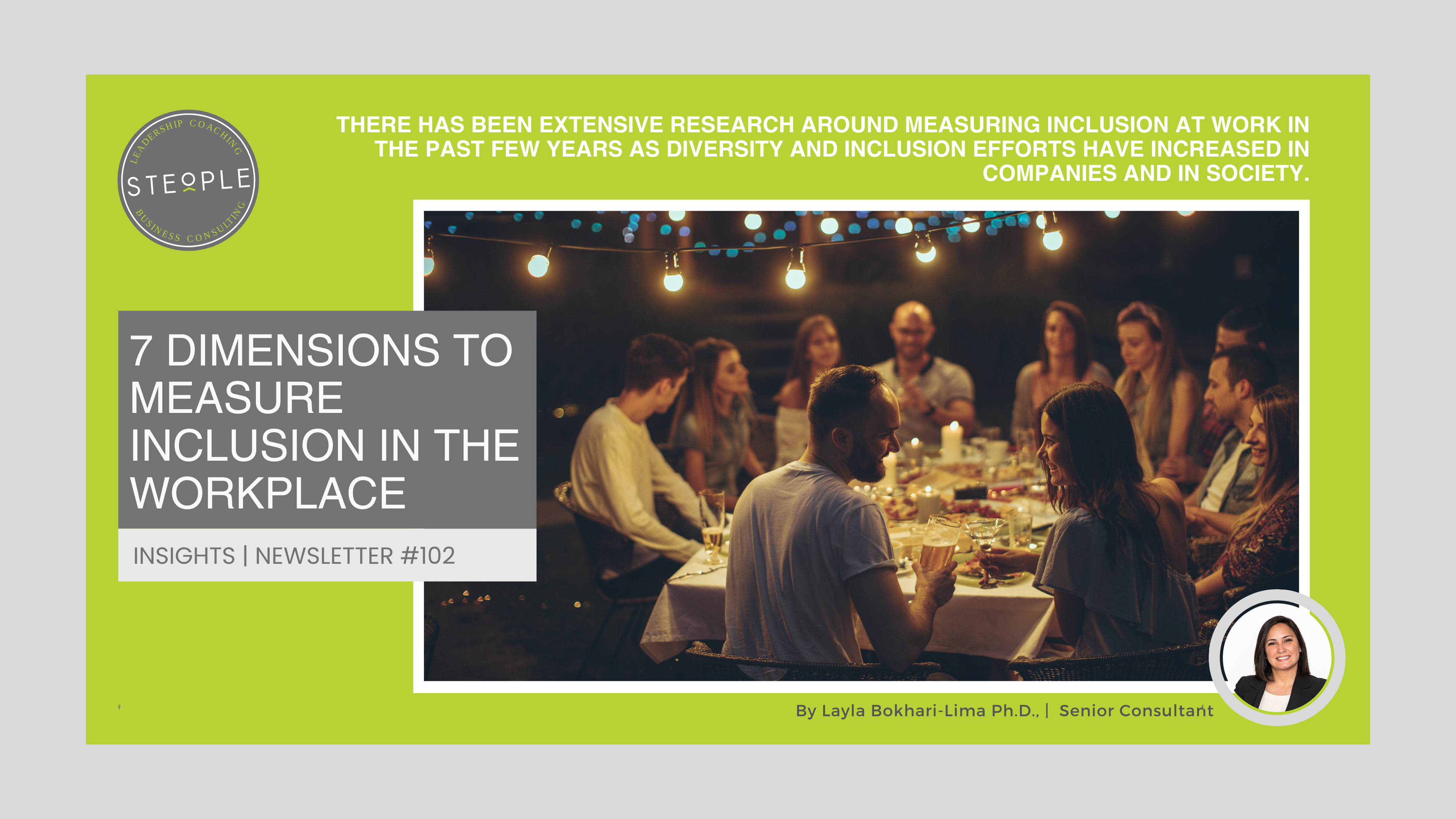
A Cup of Tea: What Does Tradition Have to Do with An Organization’s Culture?
As I was boarding the flight, I was filled with anticipation to see my family. Every year, I fly back to the Middle East to enjoy some time off with family, enjoy good food, and relish in traditions and customs. I look forward to unplugging from all work-related items and concentrating on being around the people I love. This comes with a lot of traditions and customs that are followed. Growing up, my immediate family moved from one country to another. This accompanied different norms, ways of life, and customs. As a kid, it was difficult for me to weave in and out of different cultures. As an adult, I love experiencing different ways of life. One tradition that has been passed on to me and my siblings is teatime. I remember drinking a small cup of mint tea after lunch or dinner. This is the tradition I anticipate every year. My family and I would have a small cup of tea at the end of the day, sitting around outside as we closed out the day. The small teacup would be laid out on the tray with the tea in a teapot perched on a mount with a small candle to keep the tea hot.
As my time came to a close with visiting family, I knew exactly what I wanted to get everyone back home as a souvenir. A traditional tea set. This was the ultimate symbol of my gratitude to each person who would get a tea set. The tea set had traditional colors in the small cups and saucers. I was so excited to share this gift with my friends and co-workers. It was not only a symbol but a reminder to each person that they are like close family to me. So with each set, I told them the story of why the tea set is such an important tradition to me. It reminds me of the simple times when family would gather around to talk, laugh, and tell stories. What does this tradition have to do with an organization’s culture?
When I got back to work, I was given the time to tell my story and share the tea sets with everyone at work. Everyone listened with enthusiasm, asked questions, and made me feel valued. I was proud to share my customs and traditions with everyone at work. They each picked out the set they wanted, and it made me feel heard and appreciated. Sharing my story and tradition with them made me feel valued at work. Our amazing leader and CEO has always encouraged me to share my stories with her and my co-workers. This has always made me feel appreciated for my background.
There has been extensive research around measuring inclusion at work in the past few years as diversity and inclusion efforts have increased in companies and in society. In a study based on more than 30 DEI executives and an extensive review of the academic literature, there were seven key dimensions of inclusion: fair treatment, integrating differences, decision-making, psychological safety, trust, belonging, and diversity. The study included a survey of nearly 10,000 employees around the world, asking them to rate their level of engagement. This is now known as the Gartner Inclusion Index, which utilizes a broad definition of inclusion and addresses the related concept of diversity. While diversity and inclusion are different concepts and can stand alone, when combined, they are a powerful source of engagement for a team. This survey can create a baseline measure of employee perceptions and look for gaps or inconsistencies on a team or in the organization.
I can say that the simple act of allowing me the space to tell my story made me feel that the company integrated my differences. I had enough psychological safety to tell my story as well as give my perspective on decision-making according to my experiences. Trust is high enough that I can bring this story to the table and know that not everyone shares my views, but everyone listens, and we have great conversations about the topic. I feel that I belong on the team by the provided time and space to be myself and share experiences. I also enjoy being a part of a diverse team of people of different races, cultures, ways of doing things, and experiences.
Here are the top 7 dimensions to measure inclusion in the workplace:
1. Fair treatment: Employees at my organization who help the organization achieve its strategic objectives are rewarded and recognized fairly.
2. Integrating differences: Employees at my organization respect and value each other’s opinions.
3. Decision-making: Members of my team fairly consider ideas and suggestions offered by other team members.
4. Psychological safety: I feel welcome to express my true feelings at work.
5. Trust: The communication we receive from the organization is honest and open.
6. Belonging: People in my organization care about me.
7. Diversity: Managers at my organization are as diverse as the broader workforce.
Remember to establish a cadence in your organization or on your team for pulse checks for your culture of inclusion after your baseline is established. An action plan after the survey is essential to illustrate transparency and consistency to your employees. When there is diversity AND inclusion, engagement on your team will increase.
